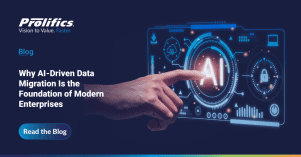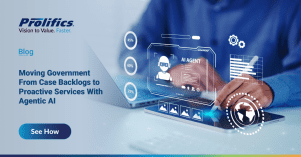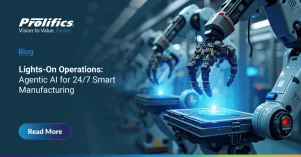Hyperautomation ranked #1 in Gartner’s Top 10 Strategic Technology Trends for 2020. Businesses adopting this technology are predicted to lower costs by roughly 30% by 2024. In this guide, we explore hyperautomation and why it holds “significant potential for disruption.”
Understanding Hyperautomation
Definitions vary, but the simplest comes from Leapwork:
“Hyperautomation is the mix of automation technologies and artificial intelligence that, when combined, augment human capabilities, allowing faster, more efficient, and error-free processes.”
It is the convergence of automation tools, packaged software, AI, and machine learning (ML)—a combination that is revolutionizing business process automation. As organizations increasingly adopt automation, hyperautomation represents the next level of innovation.
From RPA to Hyperautomation
Business process automation optimizes individual tasks using a variety of tools. One early innovation is Robotic Process Automation (RPA), which programs software “robots” to replicate rule-based tasks. RPA is scalable, easy to integrate, and reduces human intervention.
Hyperautomation evolves RPA further by integrating machine learning, sometimes referred to as Intelligent Process Automation (IPA) or Digital Process Automation. Unlike standard RPA, these systems can analyze patterns, adapt, and execute processes intelligently.
Key technologies in hyperautomation include:
- AI and Business Rules
- Case Management
- Intelligent Business Process Management Systems (iBPMS)
- Process Management
Together, these tools enable businesses to go beyond simple automation, creating optimized and intelligent workflows.
Hyperautomation: Collaborative Technology
Hyperautomation isn’t about replacing humans. Instead, it enhances human capabilities, enabling technology and humans to work together. It integrates previously inaccessible data and human-driven processes, automating and optimizing knowledge work for deeper insights and greater efficiency.
Hyperautomation Strategy
Hyperautomation involves sophisticated steps:
- Process Discovery – AI identifies processes suitable for automation.
- Analysis & Design – Processes are analyzed and optimized for automation.
- Automation Creation – Intelligent bots are deployed to execute tasks.
- Continuous Optimization – AI monitors processes and refines them over time.
Advanced AI technologies such as Optical Character Recognition (OCR) and Natural Language Processing (NLP) allow businesses to handle unstructured data efficiently. Companies typically combine RPA and iBPMS to automate complete workflows, augmented with AI and machine learning for adaptability and error-free execution.
Benefits of Hyperautomation
Hyperautomation takes traditional automation benefits to the next level:
Cost Reduction
Advanced tools enable better decisions, streamlined workflows, and simplified ROI tracking. Integrating multiple systems reduces IT dependency while increasing digital agility.
Workforce Empowerment
Employees can automate their own tasks, reducing reliance on IT and focusing on higher-value work. Hyperautomation fosters collaboration and engagement.
Enhanced Insights
Intelligent bots provide real-time analytics and actionable insights, enabling faster decision-making and more accurate forecasting.
Operational Efficiency
Hyperautomation creates a data-driven, efficient environment that continuously innovates, streamlines processes, and maximizes human potential.
In summary, hyperautomation allows organizations to fully leverage technology, improve efficiency, reduce costs, and drive innovation—all while empowering employees and enhancing business outcomes.




